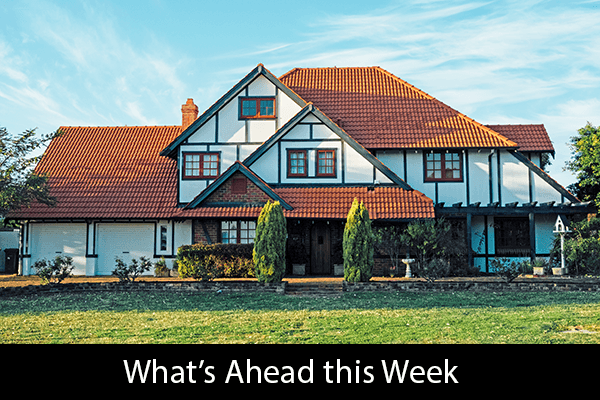Spring Is Coming: Get a Jump on Spring Cleaning and Breathe New Life into Your Tired Spaces
 Spring is almost here – and with it, the need to clean out the clutter and freshen up your home. Let’s explore a few tips that will help you to get a jump on your spring cleaning so that you can get outside and enjoy the nice weather later.
Spring is almost here – and with it, the need to clean out the clutter and freshen up your home. Let’s explore a few tips that will help you to get a jump on your spring cleaning so that you can get outside and enjoy the nice weather later.
Need It? No? It’s Got To Go!
Do you consider yourself a bit of a ‘hoarder’? Is there furniture, appliances and other items in your home that have been collecting dust since the ’90s? If so, it is time to minimalize your lifestyle. A great rule of thumb is the one in bold above – if you don’t need it, it’s time to get rid of it. Consider listing anything you don’t need up for sale on a local resale marketplace as you may find an interested buyer willing to give your old stuff a new home. Once you have the clutter kicked out, the actual cleaning can begin.
Your Garage Is Not A Storage Locker
If your garage is so full of miscellaneous junk that you can barely get your car door open, it’s time for a thorough cleaning. Again, the first mission is to get all of the stuff you don’t need either thrown out or otherwise disposed of.
Letting go of your old possessions can be tough, but you will be amazed at how much space you have once it’s all gone. And that space can be put to better use – once it’s cleaned.
Consider Hiring Help For The Deep Clean
Finally, don’t be afraid to enlist professional help if you are feeling overwhelmed. Having a couple of cleaners come into your home for a few hours is a cost-effective way to speed up the spring cleaning process. Note that it’s best to have cleaners join you after the clutter has been removed, so they aren’t wasting their time trying to move old furniture and other items you are going to dispose of anyway.
Unless you absolutely love washing walls and cleaning out closets, spring cleaning is rarely fun. However, it is necessary to ensure that your home stays in tip-top condition. If you have decided that you are in need of more space, or are looking to downsize your home, contact us today. Our friendly team of mortgage professionals are happy to show you some financing options that will perfectly suit your needs.
 If you are thinking of buying a condominium or a home that is part of a planned community, you have likely come across the term “homeowners’ association” or HOA. In short, the HOA is a coalition of local homeowners who have banded together to manage the needs of the local community. Let’s explore the concept of the homeowners’ association, why they charge fees and what you can expect from your HOA if you buy a home that is part of one.
If you are thinking of buying a condominium or a home that is part of a planned community, you have likely come across the term “homeowners’ association” or HOA. In short, the HOA is a coalition of local homeowners who have banded together to manage the needs of the local community. Let’s explore the concept of the homeowners’ association, why they charge fees and what you can expect from your HOA if you buy a home that is part of one. Last week’s economic news included releases on new and existing home sales along with weekly readings on mortgage rates and first-time jobless claims.
Last week’s economic news included releases on new and existing home sales along with weekly readings on mortgage rates and first-time jobless claims.